
a
a & b Saggar rings from Waterford, Arundel Square. Fabric - pink to buff clay matrix with quartz sand and other mixed mineral inclusions.1750-1800
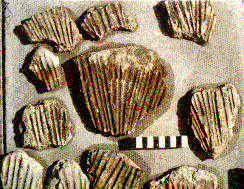
c - Fragments of circular bats from Waterford, Arundel Square. Seven
fragments with a thickness from 18-20mm have an outside diameter
of 360mm. One fragment of similar thickness has a diameter of
400mm. One fragment 18-20mm thick with an outside diameter of
440mm has a circular centre hole of 120mm. Two fragments 20-22mm
thick also have a similar centre hole but do not survive to their
circumference. Fabric - pink to buff clay matrix with quartz sand
and other mixed mineral inclusions. 1750-1800
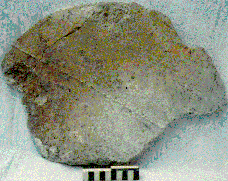
d - Circular bat fragment from Gloucester, 99 Westgate Street. Fabric
- white clay matrix with mixed mineral inclusions. 1870-75
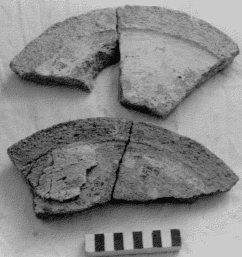
e - Cylindrical saggar bases from Carlisle. The wall scar and traces
of lute lining can be clearly seen. Fabric - red to pink clay
matrix with grog and mixed mineral inclusions. Three hundred and
ninety nine fragments were recovered all from Type 1 cylindrical
saggars. Diameters range from 280mm to 400mm with one complete
profile measured at 225mm. Late 19th century
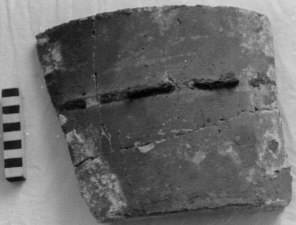
f - Cylindrical saggar wall fragment from Carlisle. The dark line
across the fragment is a multi strand iron wire. Many of the saggars
had been bound with wire to hold them together after splits developed.
The wire was covered with smeared white clay. Fabric - red to
pink clay matrix with grog and mixed mineral inclusions. Late 19th
century

g - Rectangular saggar fragments from Bristol, Mead Street. Fabric
- white clay matrix with self coloured grog inclusions. 1850-65
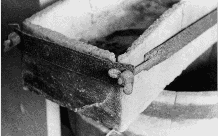
h - Detail of hump back saggar from Broseley, King Street. These
saggars are encircled with a flat iron strap, tightened on two
corners with butterfly nuts. Late 19th century